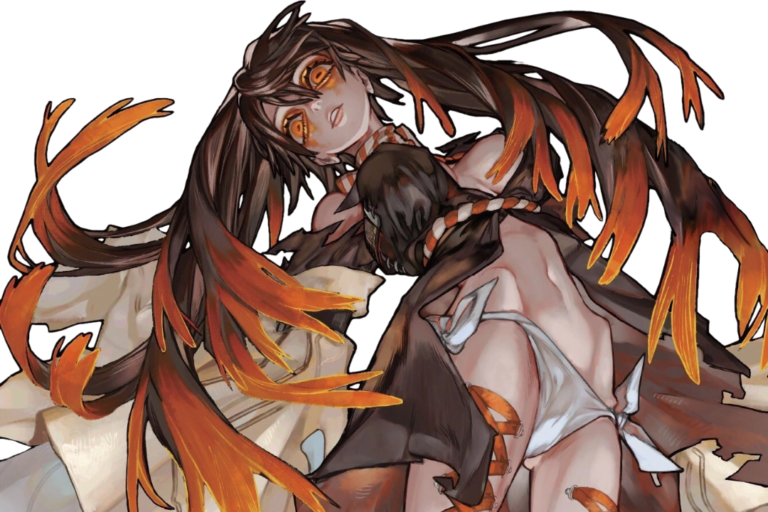The realm of anime consistently delivers narratives that resonate deeply, and the recent sensation Gachiakuta is no exception. Its premise — a protagonist falsely accused, cast into a supposed abyss that reveals itself as the discarded surface of a glittering sky city, now teeming with monstrous refuse — captures a compelling blend of social commentary, visceral action, and the classic underdog tale. If the stark world of Rudo, struggling amidst mountains of forgotten junk, has captivated your imagination, you`re likely drawn to a specific vein of storytelling. This article delves into the enduring appeal of such dystopian narratives and highlights other anime that masterfully explore similar themes.
The Weight of Two Worlds: Social Stratification in Dystopian Anime
A hallmark of stories akin to Gachiakuta is the stark division of society. We observe the opulent few thriving above, often oblivious or indifferent, while the many struggle below. This vertical separation isn`t merely architectural; it symbolizes a profound social inequality. In Gachiakuta, the contrast between the pristine sky city and the ravaged surface is central to its conflict.
This theme is elegantly echoed in titles like Battle Angel Alita (Gunnm), where the utopian city of Zalem floats above the gritty Scrapyard, a veritable ocean of human refuse. Similarly, Patema Inverted presents two societies separated by a fundamental shift in gravity, forcing one group to live underground in perpetual fear of falling into the sky, while the other lives on the surface, unknowingly “inverted.” Even the seemingly comedic Kill la Kill cleverly utilizes the hierarchical structure of Honnouji Academy, where the power of uniform threads dictates one`s place in a brutally unequal society, mirroring the vast chasm between the elite and the marginalized. These series don`t just depict inequality; they make it a catalyst for rebellion and self-discovery.
Monsters Within and Without: The External and Internal Threats
What good is a dystopian world without formidable adversaries? Whether they are literal beasts or metaphorical demons, threats are integral to these narratives, often pushing protagonists to their limits. Gachiakuta presents its protagonist with “trash monsters” — a literal manifestation of society`s discarded problems. This concept resonates strongly with other action-packed series where humanity battles existential threats.
The omnipresent dread of the monstrous in anime is perhaps best exemplified by Attack on Titan, where humanity is caged behind colossal walls, perpetually threatened by towering, man-eating Titans. The sheer scale of the threat forces extraordinary bravery and often devastating sacrifices. In a more contemporary vein, Kaiju No. 8 takes a lighter, yet equally compelling, approach to monster combat, with its protagonist Kafka transforming into the very creatures he`s sworn to eradicate. Meanwhile, Chainsaw Man plunges viewers into a world where devils roam, preying on humanity, and our anti-hero Denji wields infernal power to fight them. These series excel not just in depicting large-scale battles, but also in exploring the psychological toll of constant warfare, and the blurred lines between hero and monster.
The Rise of the Unconventional Hero: From Rubble to Rebellion
A central pillar of the “Gachiakuta” appeal is its underdog protagonist. Rudo is not a chosen one from a noble lineage; he is a street-smart scavenger, framed and abandoned, forced to fight his way back from nothing. This archetype—the unlikely hero who gains extraordinary powers or finds inner strength amidst adversity—is a powerful narrative engine.
Consider Dorohedoro, where the protagonist Caiman awakens with amnesia and a reptile head, navigating a brutal magical world to uncover the truth of his identity and exact revenge on the mages who wronged him. His journey through the “Hole,” a dystopian realm used by mages for grotesque experiments, is a gritty exploration of identity and retribution. Similarly, Chainsaw Man`s Denji, initially a destitute youth burdened by debt, finds salvation and power through an unusual pact with a chainsaw devil. These protagonists are often rough around the edges, driven by primal desires like survival, revenge, or simply a decent meal, which makes their struggles and eventual triumphs all the more relatable and impactful. Their journey from societal refuse to formidable figures offers a perverse sort of poetic justice.
Crafting a Brutal Yet Beautiful World: Atmosphere and Artistry
Beyond plot and characters, the overall atmosphere and artistic direction play a crucial role in making these dystopian worlds compelling. The harsh realities are often depicted with a striking visual style that emphasizes the decay, the despair, and yet, also the defiant spirit of those who endure.
The raw, almost grotesque aesthetic of Dorohedoro perfectly encapsulates its grimy, dangerous world, making the few moments of camaraderie and genuine emotion shine even brighter. The sweeping, epic scale of Attack on Titan`s landscapes and cityscapes, juxtaposed with the visceral horror of its monsters, creates an unforgettable visual experience. Even the quirky, vibrant chaos of Kill la Kill, despite its often-criticized fan service, uses its unique visual language to underscore its themes of identity and rebellion. These anime demonstrate that a dystopian setting isn`t just a backdrop; it`s a character in itself, shaping the inhabitants and their destinies.
For fans who appreciate Gachiakuta`s dive into social inequality, its depiction of gritty survival, and the thrilling battles against formidable odds, a rich tapestry of similar anime awaits. These series, whether through sky-high cities or subterranean struggles, through monstrous threats or human cruelty, consistently remind us that true strength often emerges from the deepest shadows. They celebrate the spirit of the underdog, the fight for a better future, and the enduring power of resilience—themes that, much like valuable scraps found amidst the junk, are truly worth unearthing.

